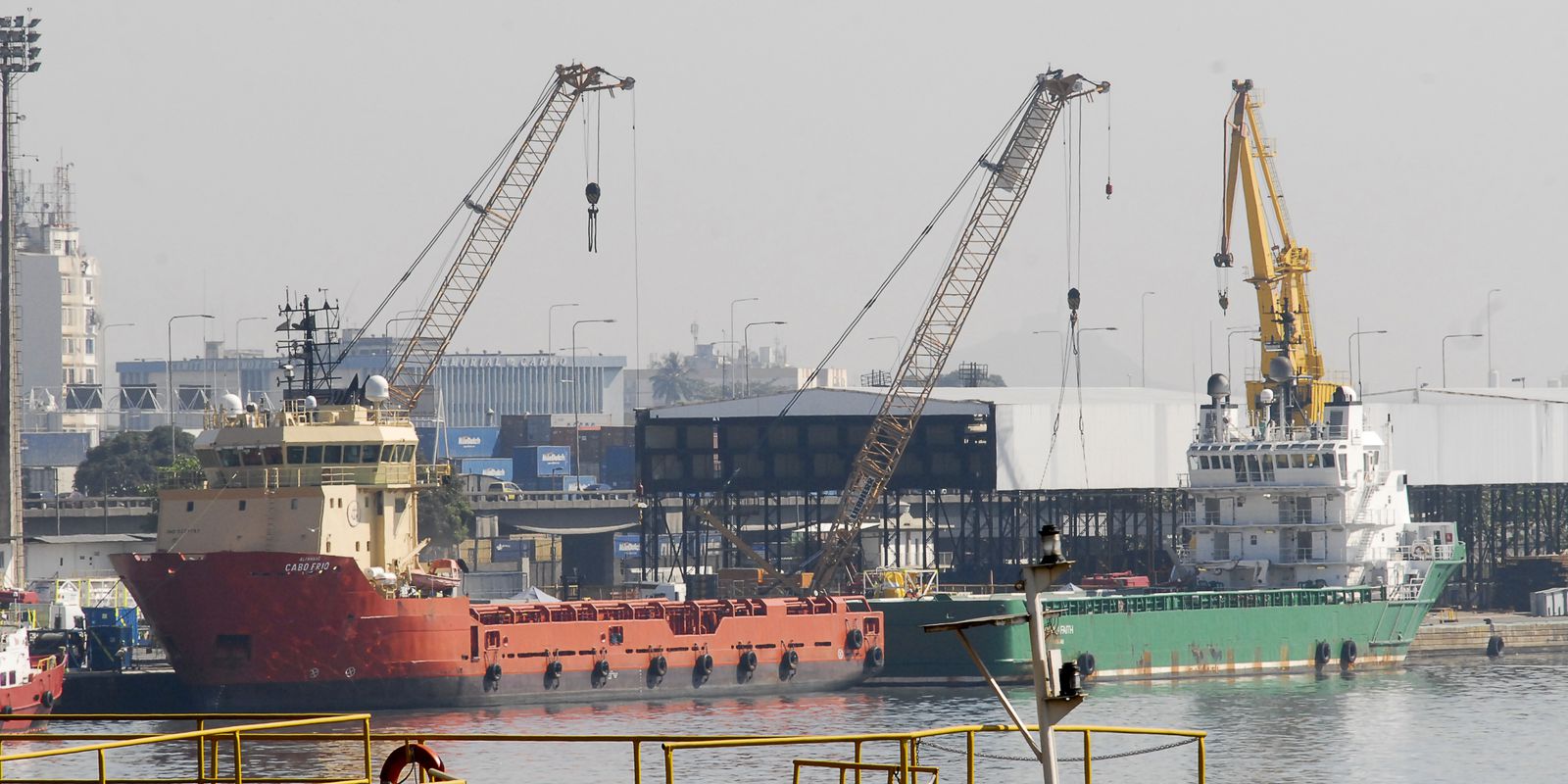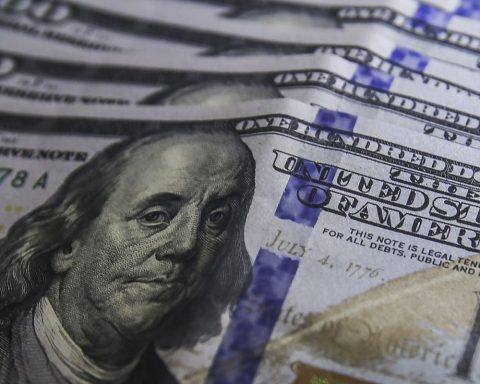The good performance of the corn crop and oil exports made the trade balance start 2023 with the highest surplus for January in 17 years. Last month, the country exported US$ 2.716 billion more than it imported. In January of last year, the balance had registered a deficit of US$ 58.7 million. This is the best result for the month since 2006.
Last month, Brazil sold US$ 23.137 billion abroad and bought US$ 20.420 billion. Exports rose 11.7% in relation to January of last year, based on the daily average, and set a record for the month since the beginning of the historical series, in 1989. Imports fell 1.7% based on the daily average, but they rose 2.3% in absolute value, due to the greater number of working days in January this year, and also broke a record.
In the case of exports, the record is due more to the increase in traded volume than to the international prices of goods. Last month, the volume of exported goods rose by an average of 9.5% compared to January of last year, while average prices increased by 5.6%.
The appreciation in the prices of goods sold abroad could have been greater were it not for the drop in iron ore, whose price dropped 7.2% in the same comparison, and for industrialized iron products, such as pig iron, sponge iron and alloys of iron, whose price dropped 11.8%, still reflecting the slowdown of the Chinese economy.
In imports, the quantity purchased fell by 1.6%, reflecting the slowdown in the economy, but average prices increased by 5%. The rise in prices was driven mainly by oil and medicine, items that became more expensive after the start of the war between Russia and Ukraine. Chemical fertilizer prices, which rose sharply last year, fell by 7.1% between January 2022 and 2023.
Sectors
In the agricultural sector, the appreciation of commodities (primary goods with international quotation) weighed more on exports. The average price advanced 12.4% in January compared to the same month of 2022, while the volume of goods shipped rose 2.2%. In the manufacturing industry, the volume exported increased by 5.1%, with the average price increasing by 6.9%.
In the extractive industry, which encompasses the export of ores and oil, the quantity exported increased by 31.8%, but average prices dropped by 3.1% in relation to January of last year.
Crude oil once again drove the increase in exports, with export volumes rising 49.8% and prices falling 2.8%. This occurred because of the resumption of production by Petrobras. After a year of continuous highs, oil prices are starting to slow down because the effects of the war in Ukraine and the economic recovery after the most acute phase of the covid-19 pandemic have already been incorporated into quotations.
In the comparison between January of last year and January of this year, the most prominent products in agricultural exports were unground corn, except sweet corn (+163%) and sunflower, sesame, canola, cotton and other oilseeds (+732, 3%). The negative highlight were soybeans (-61.1%) and raw cotton (-41.5%).
In the extractive industry, the biggest increases were registered in exports of other raw minerals (+151.1%), copper ores and concentrates (+129.5%) and crude petroleum oils (+45.6%). In the manufacturing industry, the biggest increases occurred in aircraft, including components (+364.4%), sugars and molasses (+67.5%) and poultry meat (+35.8%).
As for imports, the biggest drops were registered in unground corn, except sweet corn (-20.8%), soybeans (-34.8%) and latex (-31.4%) in agriculture and livestock; nickel ores and concentrates (-55.7%), coal (-34.5%) and natural gas, in the extractive industry; and fuels (-12.4%), telecommunications equipment (-15.7%) and thermionic valves and tubes (-12.3%), in the Manufacturing industry.
I estimated
Unlike usual, the Foreign Trade Secretariat did not release an estimate for the trade balance this year. Traditionally, projections are released in the first month of each quarter. The Focus bulletin, a survey of market analysts released every week by the Central Bank, projects a surplus of US$ 57.6 billion this year.
















